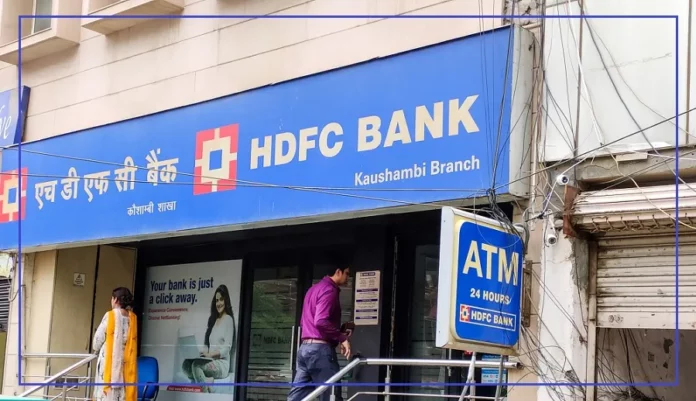India’s largest private sector bank, HDFC Bank, has given good news to crores of its customers by cutting its MCLR (Marginal Cost of Funds Based Lending Rate).
The bank has reduced the MCLR by 0.10 percent across all tenures. This move will reduce EMIs for home, car, and personal loans.
HDFC made this decision after the Reserve Bank of India (RBI) cut the repo rate by 0.50 percent.
HDFC Bank Reduces MCLR
Loan interest rates for home, car, and personal loans are based on the MCLR. HDFC Bank has reduced MCLR by 0.10 percent across all durations. The new rates came into effect from 7 June 2025.
HDFC Bank MCLR Rates
| Period | New MCLR (7 June 2025) | Old MCLR |
|---|---|---|
| Overnight | 8.90% | 9.00% |
| 1 Month | 8.90% | 9.00% |
| 3 Months | 8.95% | 9.05% |
| 6 Months | 9.05% | 9.15% |
| 1 Year | 9.05% | 9.15% |
| 2 Years | 9.10% | 9.20% |
| 3 Years | 9.10% | 9.20% |
New MCLR Rates Effective from 7 June 2025
HDFC Bank’s overnight MCLR has been lowered from 9.00% to 8.90%. The one-month rate has also dropped from 9.00% to 8.90%. The three-month MCLR has been reduced to 8.95% from 9.05%.
Both six-month and one-year MCLR have come down from 9.15% to 9.05%. The MCLR for three years has been reduced from 9.20% to 9.10%.
Impact of MCLR Increase or Decrease
When a bank changes its MCLR, it affects floating rate loans like home, car, and personal loans. If the MCLR increases, the EMI also goes up as the interest rate rises.
But if MCLR is reduced, the EMI becomes cheaper and new loans are available at lower rates.
How MCLR is Decided
Banks calculate MCLR based on factors such as deposit interest rates, repo rate, operational costs, and the CRR (Cash Reserve Ratio).
Any change in the RBI’s repo rate impacts the MCLR too. A drop in the repo rate often leads to a reduction in MCLR, which lowers loan costs.
But if the repo rate increases, the MCLR goes up, making loans more expensive.
